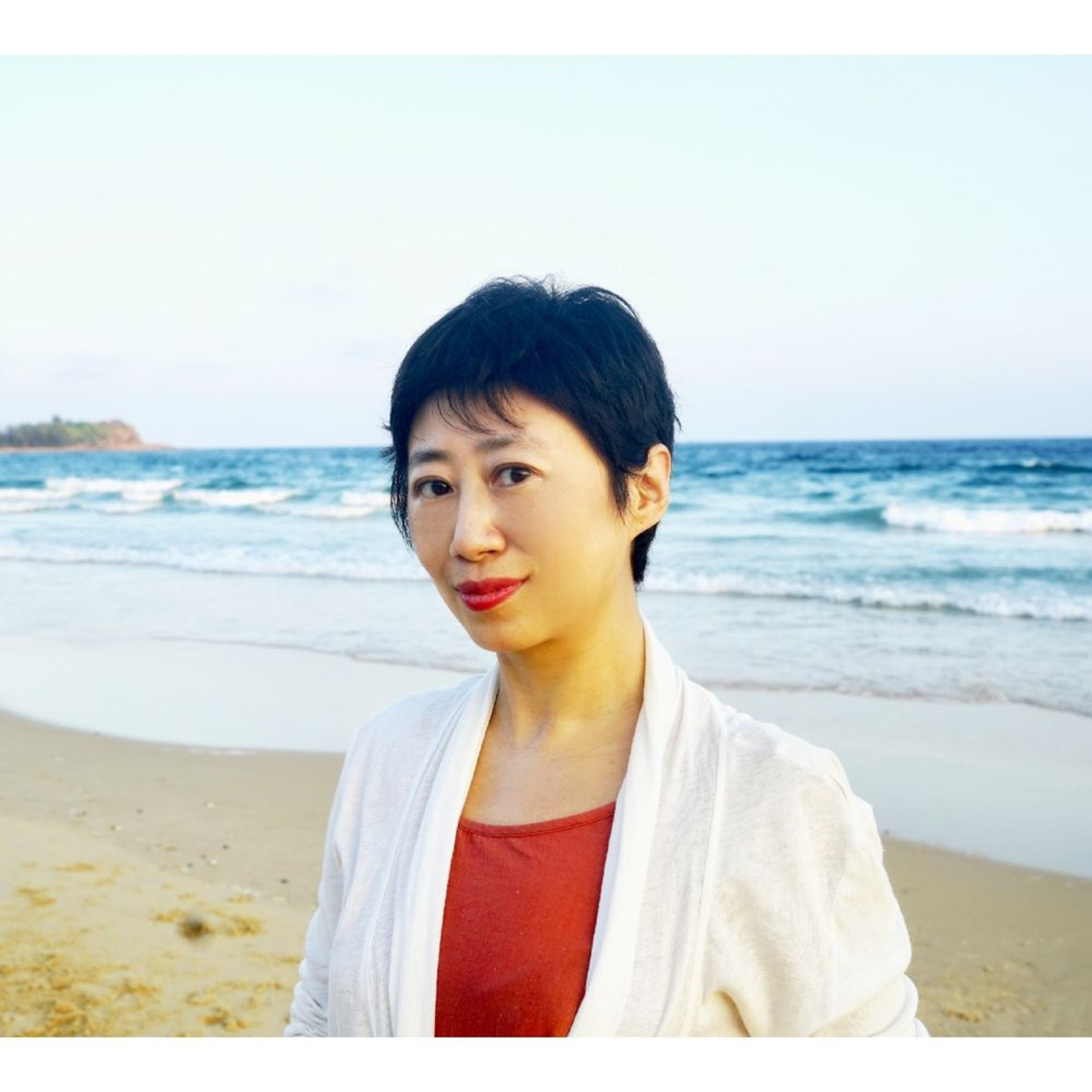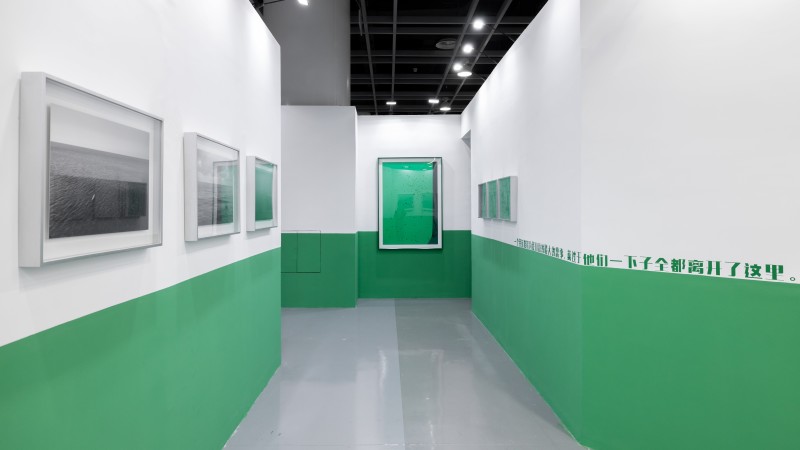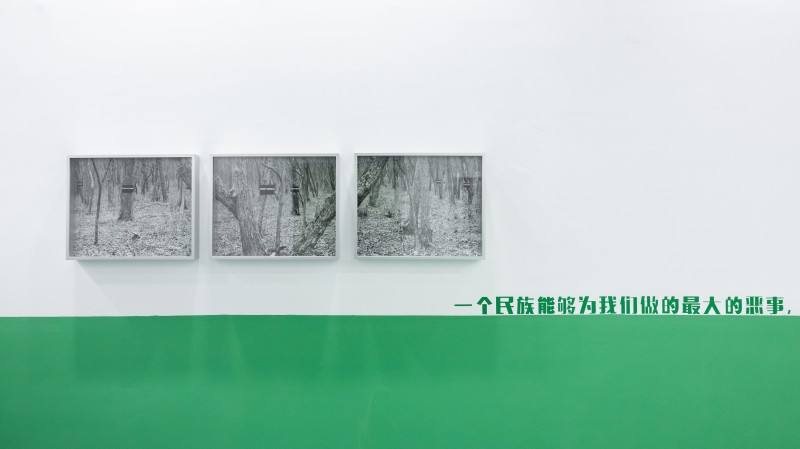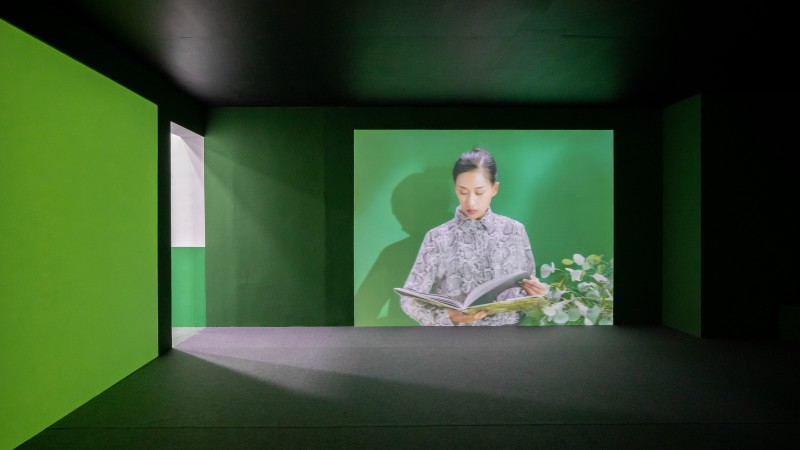From Vladivostok to Xishuangbanna
Artists: Ma Haijiao
Curator: Mia Yu
With two recent work series by Ma Haijiao, the exhibition "From Vladivostok to Xishuangbanna" explores the multivalent semantics of the color green between the artificial and the natural, between the real and the fake, between history and memory, between geography and national identity. In the first exhibition hall, dozens of black-and-white photographs are solemnly hung on the white wall which is painted with green wall-skirt. This photo series was done during an artistic residency in Vladivostok, Russia's largest port in the Far East. The port city was once part of the Qing Empire till the mid-19th century. As the result of the unequal Treaty of Peking in 1860, it was ceded along with other territory east of the Ussuri River to the Russian Empire. The cession was part of Russian encroachment on China's northeastern frontier since the 17th century, and also an important part of the reshaping of modern China's territory under the colonial imperialist invasions in the 19th century.
Although the geopolitical conflicts of modern Northeast Asia have faded away into the peaceful everyday of Vladivostok, the fragmentary Chinese characters on the signboards still strike the sensitive eye of the artist. In the series Invisible Shore, the artist collected a number of Chinese characters seen on the streets of Vladivostok, such as "无往不利" (smooth sailing), "风景这边独好" (The scenery here is unique), "当心" (beware) and "一路平安" (bon voyage) , as well as awkward Chinglish translation such as "不限流量的肉" (unlimited meat). He printed these characters on logs and threw them into Lake Khanka which demarcates the Russian-Chinese border, as well as the waters around Vladivostok. The logs drift in the waters between the two countries, with the possibility of crossing the border at any moment. As the logs change sides, the characters subtly change their meanings and narratives. In the triptych In a Quiet Place, the artist placed a signage in the woods which says "The worst evil act that a nation can do to us is that they all disappear from Vladivostok at once".
The sentence originates from the book The Chinese in Vladivostok, which reads: " The worst evil act that a nation can do to us is that they all left Vladivostok at once". This statement is set against the backdrop of the Soviet government's deportation of the Chinese in the Far East in the late 1930s, and alludes to the Blagoveshchensk Massacre in 1900. The artist's monumental black-and-white photography deliberately erases the green in the woods. The green wall paint in the exhibition space also suggests the collective memories and history, implying the
profound influence of Soviet Russia on modern and contemporary China. As we move to the second space, the green fills the entire space. Here the green shifts to a more diverse contemporary semantics.
This part of the exhibition marks the debut of Ma Haijiao's new project If You Delete the Green and If You Start Caring about Plants. The project takes "green" and "plants" as dual themes to develop an interwoven association and narration, while deliberately blurring the conceptual boundaries between the two. Two videos were respectively shot in a studio and a tropical jungle. The artificial greenery, green screen for special effects, green traffic lights, art historical images with botanical metaphors, and LED screens with rolling text appear alternately on the scenes, and are also interspersed in the video narrative. As Ma Haijiao remarked, "It is an artificial green space. Without depending on the narrative, the images themselves are left as green tones on different visual layers. At the same time, what is presented of the tone is the symbolic meaning of the color green as an abstract symbol at different levels." Between various layers of green, Ma Haijiao has created a theatre of images in which green acts as a historical carrier, a cultural and abstract symbol, as well as a technological condition.
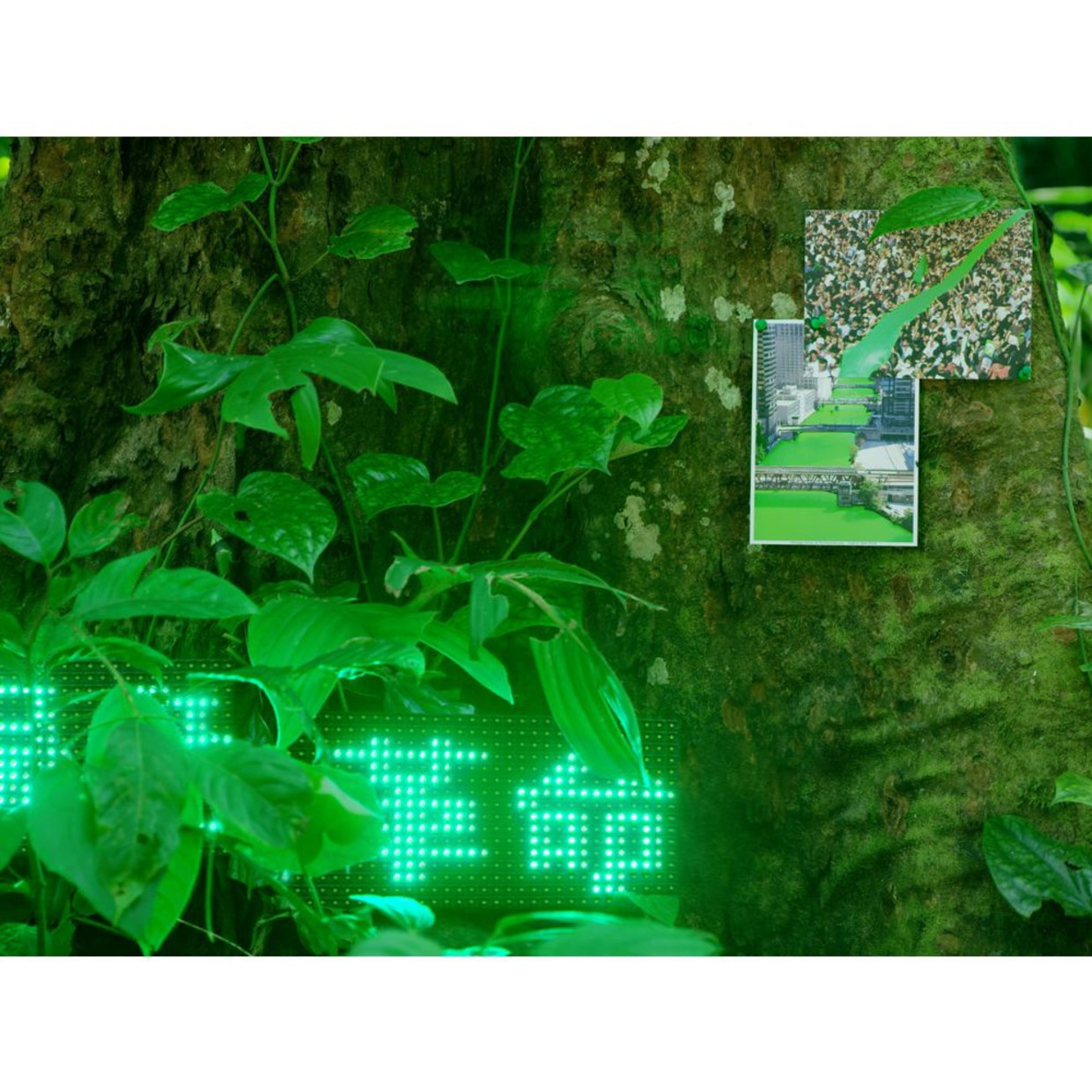
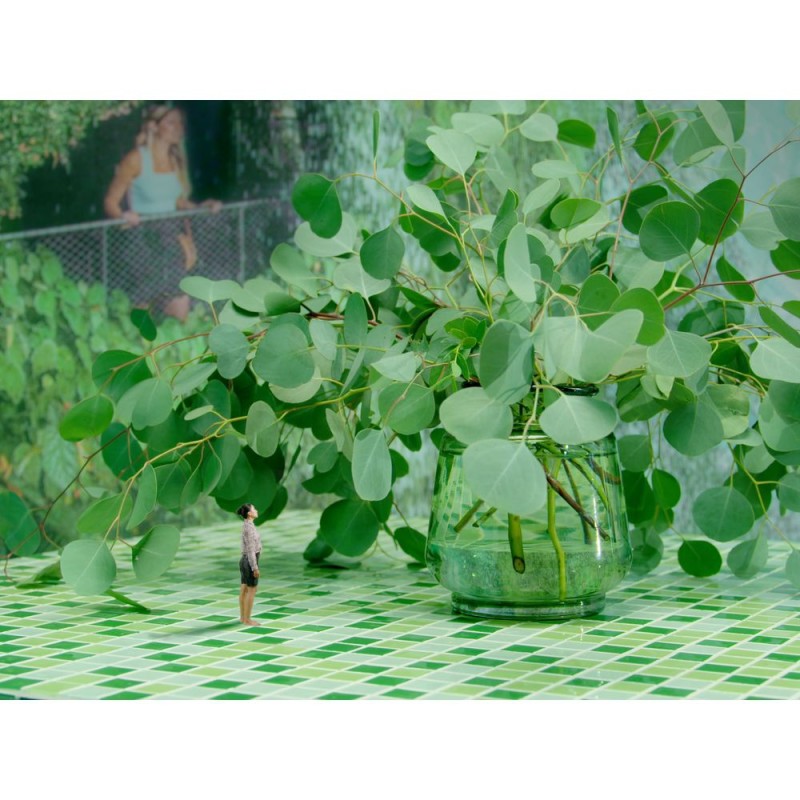 If We Delete Green, If We Start Caring About Plants.2019-2020
If We Delete Green, If We Start Caring About Plants.2019-2020 If We Delete Green, If We Start Caring About Plants.2019-2020
If We Delete Green, If We Start Caring About Plants.2019-2020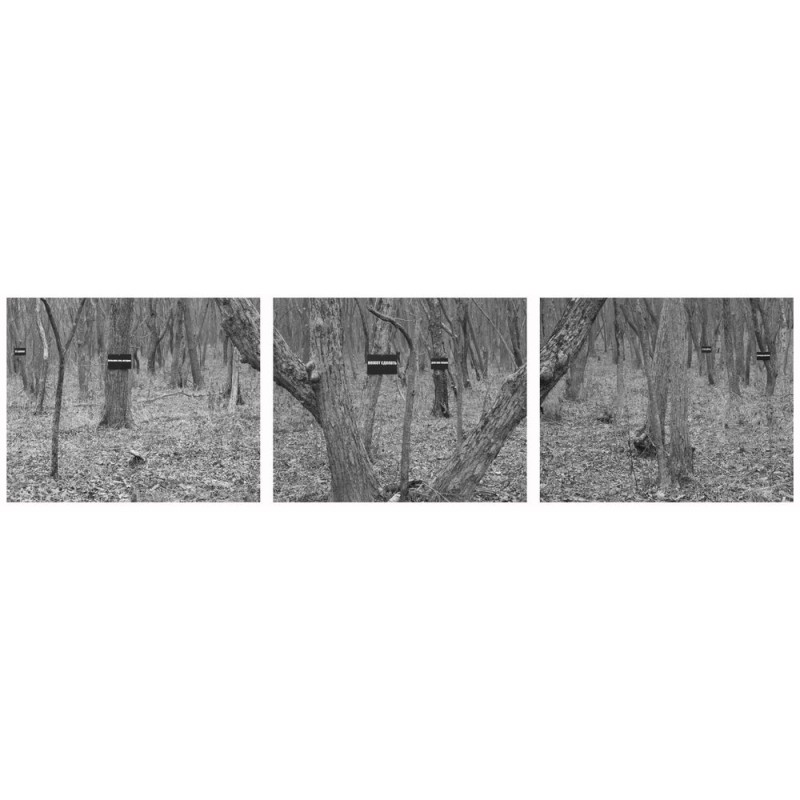 In a Quiet Place.2018
In a Quiet Place.2018
